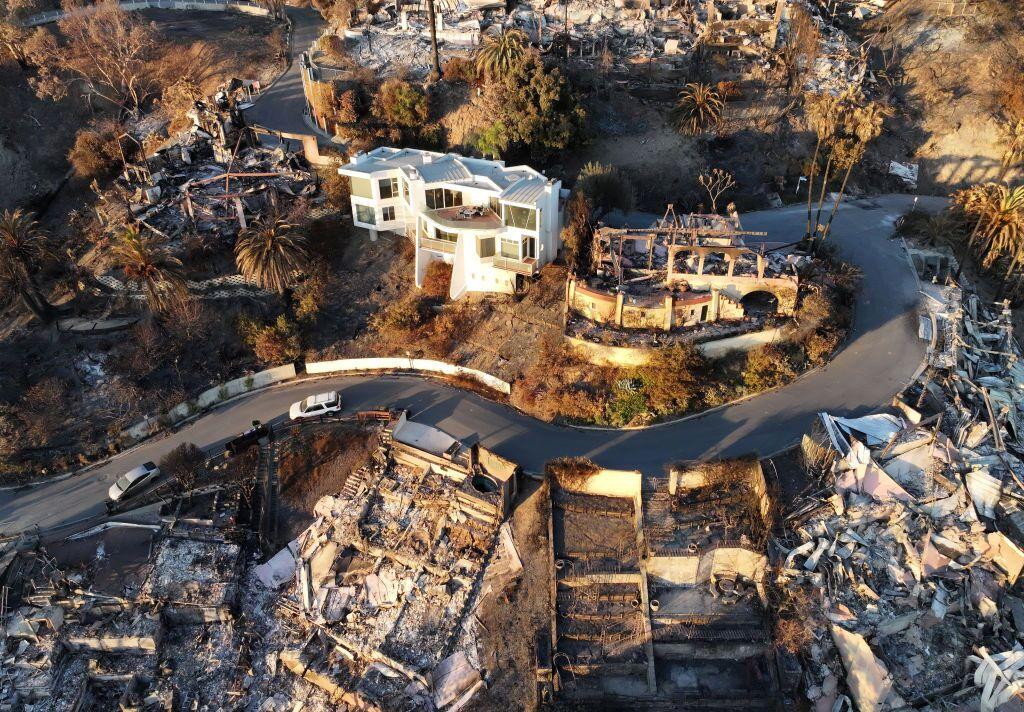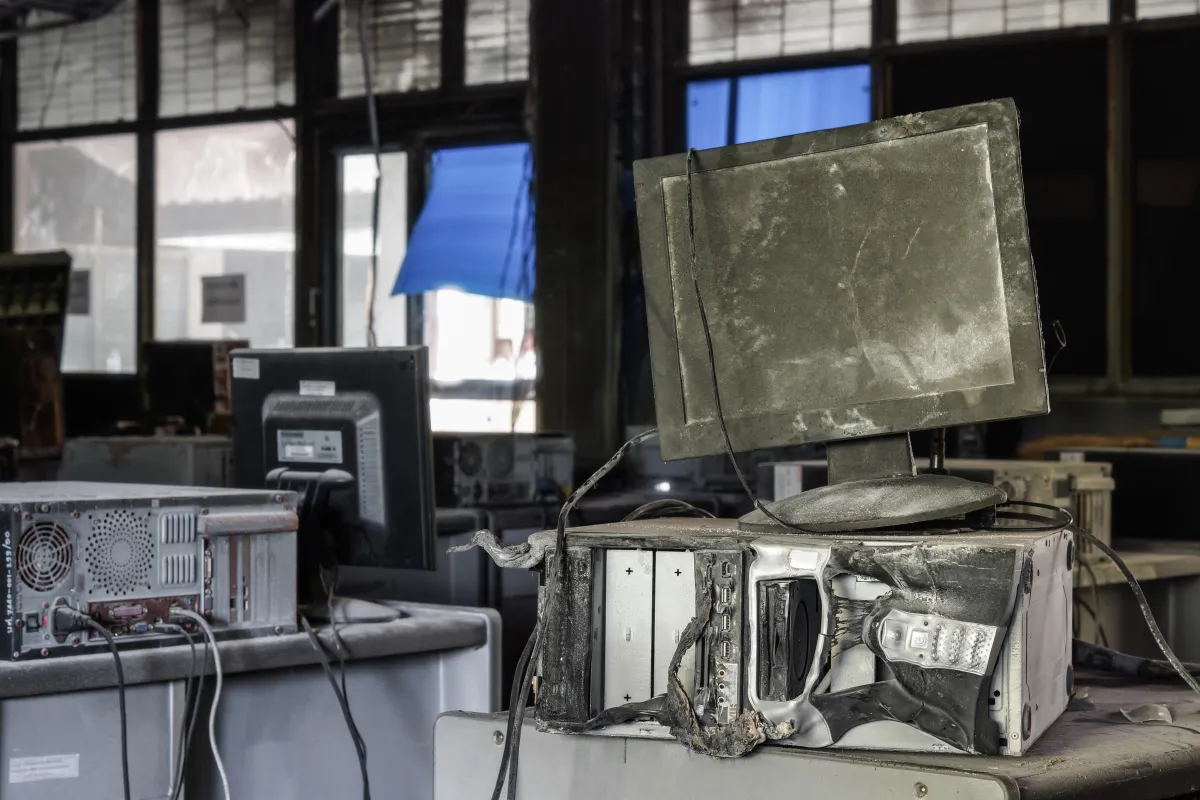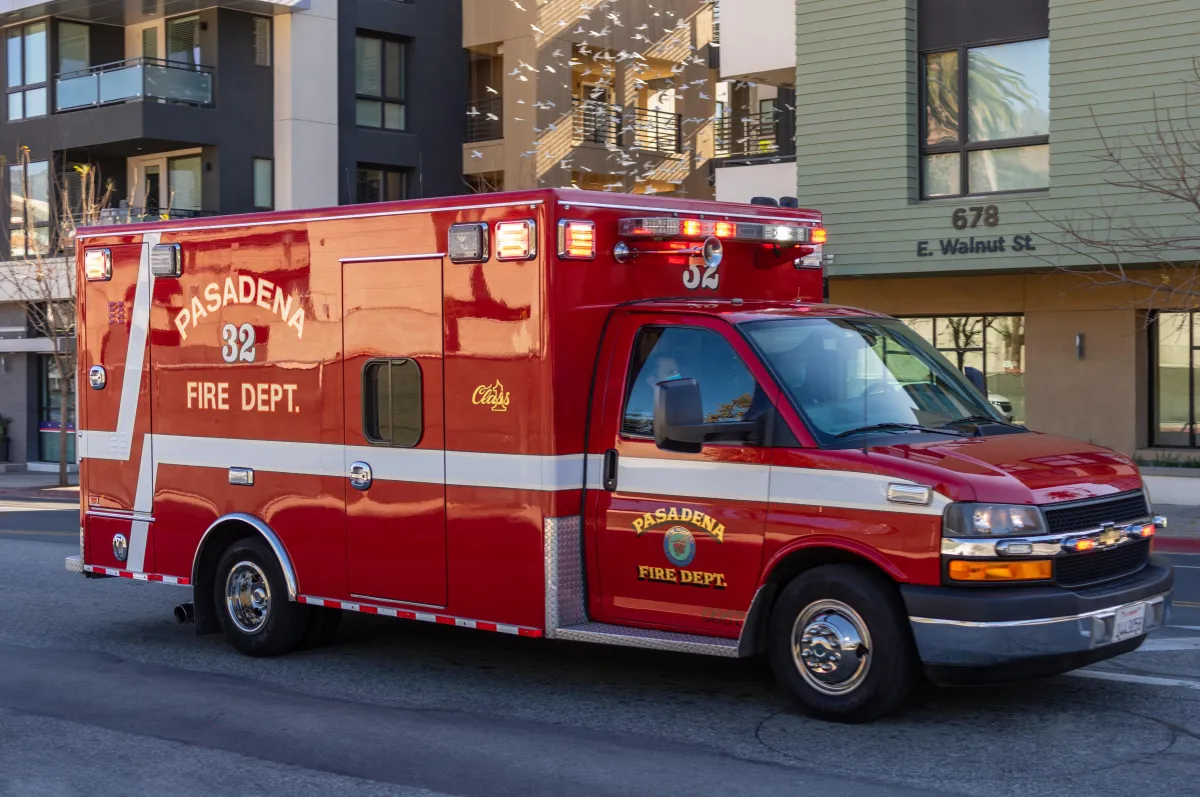What is a Disaster?
What is a Disaster?
What is a Disaster?
When you think "disaster," what comes to your mind?
Is it the big national disasters, such as earthquakes, hurricanes, tornadoes, wildfires, mudslides, or something else?
The biggest obstacle most people face is understanding disasters are not limited to weather-related occurrences.
In the US, there are approximately 16,500 office and store fires each year, causing $932 million in direct property damage.
Additionally, more than 37,000 industrial and manufacturing fires occur annually.
On average, 95 people die and 1,200 are injured each year from business fires. The cost of business fires is significant, with a dollar loss of $11,266 billion.

Did you know there are around 358,500 single family home fires
each year in the United States?
These result in 2,620 civilian deaths, 15,200 injuries, and $7.2 billion in property damage.
Intentional home fires account for 9% of home fires, with an average of 361 deaths and 820 injuries per year, and $596 million in direct property damage annually.
On average, 108,400 multifamily residential building fires are reported to U.S. fire departments each year.
These cause an estimated 450 deaths, 3,800 injuries, and $1.1 billion in property loss.
These fires account for 28 percent of all residential building fires.
All told, that adds up to over 3,400 deaths, 19,800 injuries, and $15.596 billion a year!
This figure demonstrates that fire remains a major issue within the workplace, highlighting a clear need for enhanced protective measures.



What is a Disaster?
When you think "disaster," what comes to your mind?
Is it the big natural disasters, such as earthquakes, hurricanes, tornadoes, wildfires, mudslides, or something else?
The biggest obstacle most people face is understanding disasters
are not limited to weather related occurrences.
In the US, there are approximately 16,500 office and store fires
each year, causing $932 million in direct property damage.
Additionally, more than 37,000 industrial and manufacturing fires occur annually.
On average, 95 people die and 1,200 are injured
each year from business fires.
The cost of business fires is significant,
with a dollar loss of $11,266 billion.

Did you know there are around 358,500 single family home fires
each year in the United States?
These result in 2,620 civilian deaths, 15,200 injuries,
and $7.2 billion in property damage.
Intentional home fires account for 9% of home fires,
with an average of 361 deaths and 820 injuries per year,
and $596 million in direct property damage annually.
On average, 108,400 multifamily residential building fires
are reported to U.S. fire departments each year.
These cause an estimated 450 deaths, 3,800 injuries,
and $1.1 billion in property loss.
These fires account for 28 percent of all residential building fires.
All told, that adds up to over 3,400 deaths, 19,800 injuries,
and $15.596 billion a year!
This figure demonstrates that fire remains a major issue
within the workplace, highlighting a clear need
for enhanced protective measures.

How many of these do you think had a disaster preparedness plan?
Other "hidden" disasters include gas leaks, water main breaks, electrical issues, explosions from various sources, chemical disasters, and more. The list goes on.
As a local and national disaster volunteer and an EMT, I have witnessed many events that would astound you, leaving your chin on the ground.
One of my favorite things to do when consulting with business owners or individuals is watching their faces when I point out the possibilities and hearing them say:
"Wow, I never thought about that!"
This is what makes my disaster preparedness presentation so rewarding.
How many of these do you think had
a disaster preparedness plan?
"Hidden" disasters include gas leaks, water main breaks, electrical issues,
explosions from various sources, chemical disasters, and more.
The list goes on.
As a local and national disaster volunteer, and an EMT, I have witnessed many events that would astound you,
leaving your chin on the ground. One of my favourite things to do when consulting with business owners, or individuals,
is watching their faces when I point out the possibilities and hearing them say,
"Wow, I never thought about that!"
This is what makes my Disaster Preparedness Presentations so rewarding.

Are Medical Emergencies Considered Disasters?
It depends on whom you ask.
Technically, the difference between an “emergency” and a “disaster” is that emergencies are routine events that local police, fire, and emergency medical service personnel handle on a day-to-day basis. Disasters are events that require more resources than a local jurisdiction has and will therefore require outside assistance.
However, if you ask someone who has been seriously ill or injured, is hospitalized, will need time to recover, may never fully recover, is facing major medical bills, and so on, he or she and the family may consider this a disaster.
As a child, I learned that people often get injured in a disaster, and others need to know what to do and how to help until the professionals arrive. I have never been able to separate disaster preparedness from health and safety training, and I have always been involved in both areas.


Are Medical Emergencies Considered Disasters?
It depends on whom you ask.
Technically, the difference between an “emergency” and a “disaster”
is that emergencies are routine events that local police, fire,
and emergency medical service personnel handle on a day-to-day basis.
Disasters are events that require more resources than a local jurisdiction has and will therefore require outside assistance.
However, if you ask someone who has been seriously ill or injured,
is hospitalized, will need time to recover, may never fully recover,
is facing major medical bills, and so on, he or she and the family
may consider this a disaster.
As a child, I learned that people often get injured in a disaster,
and others need to know what to do and how to help
until the professionals arrive.
I have never been able to separate Disaster Preparedness
from Health and Safety Training,
and I have always been involved in both areas.


COMPANY
COMPANY
LEGAL
FOLLOW US
Copyright 2025. When Calamity Strikes .... All Rights Reserved.
